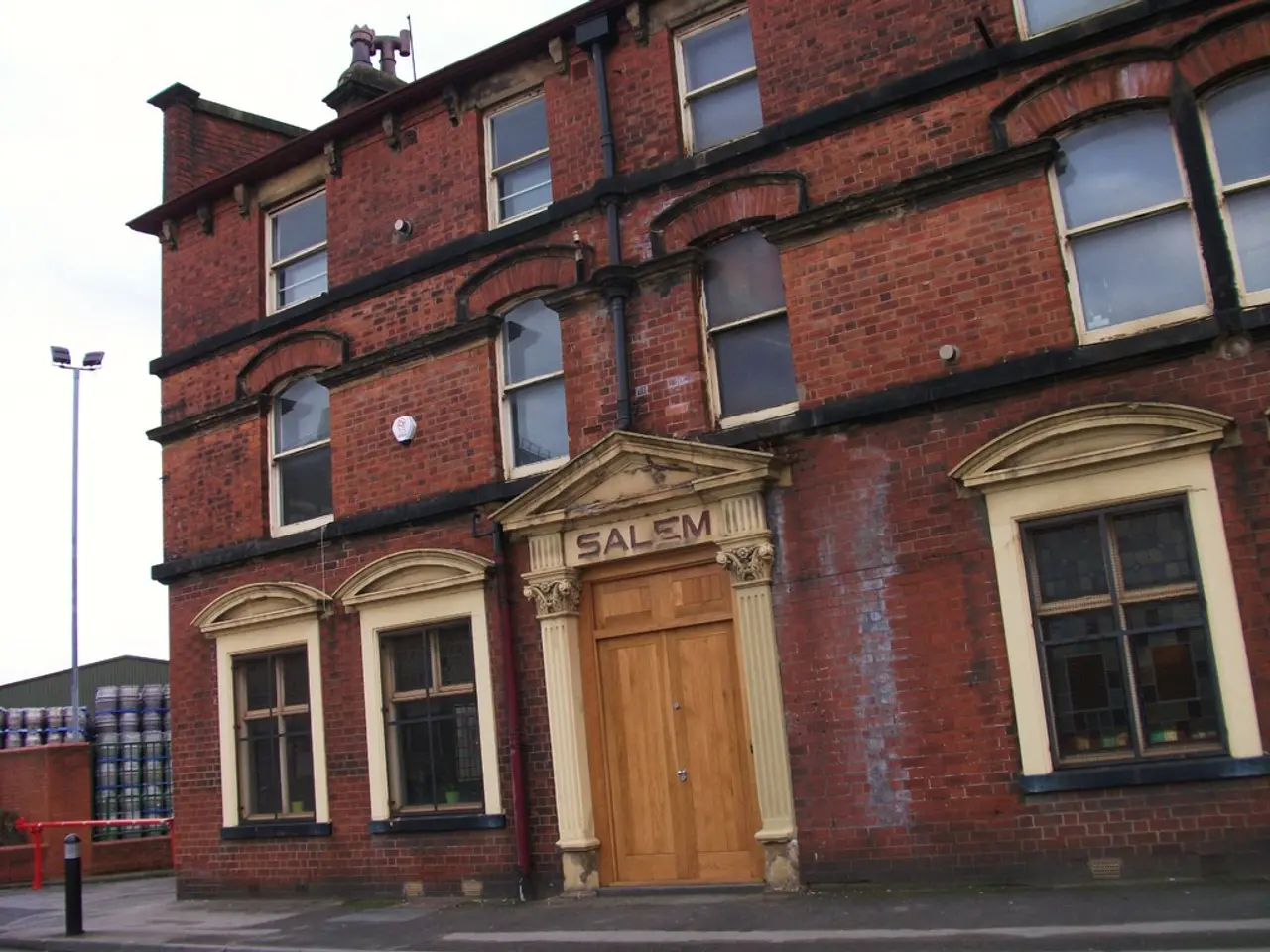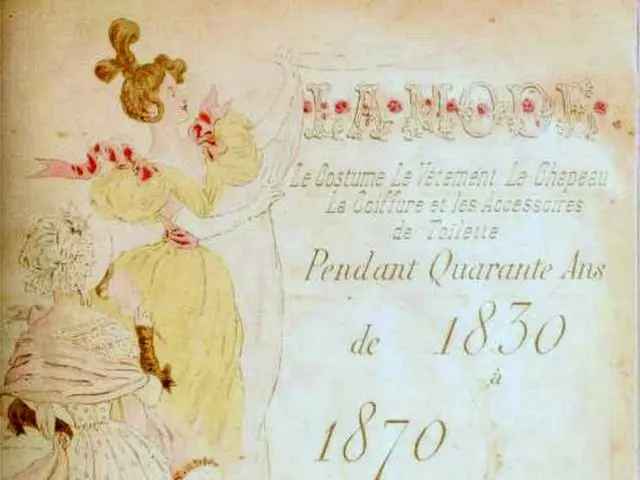"Communist Ideology Under Threat: Elite Deception Undermining Public Aspirations, Impeding Human Advancement"
In the 1930s and 1940s, Bella Dodd, a high-ranking defector from the United States Communist Party (CPUSA), made a series of shocking allegations. Dodd claimed that the CPUSA was not just a political ideology, but a covert movement controlled by a cabal of Jewish financiers and Communist leaders with a sinister goal: the collapse of Western civilization.
Dodd's claims, as detailed in her book "School of Darkness" (1954), suggest that the CPUSA infiltrated and subverted social institutions such as churches, schools, mass media, and government. The party's strategy, according to Dodd, was to create new types of human beings who conformed to their blueprint.
One of the most intriguing aspects of Dodd's account is her assertion that the Communist Party operated under the influence of powerful Jewish financial interests. She alleged that the party's headquarters at 35 E. 12 St. had a dedicated floor for the publication of the Yiddish newspaper, the Freiheit, and the 'Jewish Commission'.
Dodd's book argues that Communism was closely connected to Jewish financiers and aimed at the destruction of Western civilization. This narrative frames Communism as a tool used by these financiers to orchestrate social and political upheaval, steering society towards destruction.
However, it's important to note that Dodd's claims, particularly her explicit linking of Communism with Jewish financiers as a controlling force over Western destruction, align with conspiratorial interpretations. They lack broad historical consensus or substantiation in mainstream scholarship.
Nevertheless, Dodd's account has been influential in some anti-Communist circles. She portrays the Communist Party not merely as a political ideology but as a covert movement, controlled by a secretive cabal with a sinister agenda.
Dodd's allegations about the CPUSA's infiltration of American institutions and its goal of destroying and enslaving the human race are controversial. However, they offer a unique perspective on the history of the Communist Party in the United States, a perspective that continues to spark debate and discussion.
In the 1930s, the Communist Party had over 1100 members become Catholic priests, and during the war years, the CPUSA joined the "Roosevelt camp of progress" and assumed the responsibility of establishing a rigid discipline over the working class. Dodd's book reveals a complex web of allegiances and oppositions, with the Communist Party often finding itself opposed not only to the government but also to U.S. workers.
Dodd's claims about the CPUSA's subversion of American institutions and its connection to Jewish financiers have been controversial. However, her account offers a unique perspective on the history of the Communist Party in the United States, a perspective that continues to spark debate and discussion.
Recent research, such as the book "The Secret World of American Communism" based on newly opened Kremlin archives, confirms that the CPUSA was a puppet of Moscow and that the Roosevelt and Truman administrations were practically run by Soviet agents. This new evidence, while not supporting Dodd's specific claims about Jewish financiers, does suggest a deeper level of Soviet infiltration than was previously understood.
Dodd's book "School of Darkness" remains a significant historical document, offering a unique perspective on the history of the Communist Party in the United States. While her claims about Jewish financiers lack broad historical consensus, her account of the CPUSA's subversion of American institutions and its goal of destroying and enslaving the human race continues to be a topic of debate and discussion.
- The allegations made by Bella Dodd in her book "School of Darkness" suggest that education institutions, such as schools, were infiltrated and subverted by the Communist Party (CPUSA) with the aim of creating new types of human beings.
- Dodd's book argues that the CPUSA was not only a political force but was also aligned with certain elements in the field of general news and mass media, as seen in her description of the dedicated floor for the publication of the Yiddish newspaper, the Freiheit.








